Ricardo S. Sussmann047006532X, 9780470065327, 9780470740361
A brand new title from the respected Wiley Materials for Electronic and Optoelectronic Applications series, this title is the most up-to-date resource for diamond specialists. Beginning with an introduction to the properties of diamond, defects, impurities and the growth of CVD diamond with its imminent commercial impact, the remainder of the book comprises six sections: introduction, radiation sensors, active electronic devices, biosensors, MEMs and electrochemistry. Subsequent chapters cover the diverse areas in which diamond applications are having an impact including electronics, sensors and actuators and medicine.
About the Author
Dr. Ricardo Sussmann is a technical consultant and a senior research fellow in the solid-state group of the physics department at Kings College London (UK). He is the former head of R&D at DeBeers Industrial Diamond Division. His research areas include processing of electronic components and characterization, synthesis and growth of inorganic semiconductors. He has published numerous papers in well-known scientific journals and has obtained numerous patents on ideas related to CVD diamond. He is on the committee of the annual European Diamond Conference.
Table of contents :
Cover……Page 1
Contents……Page 7
Series Preface……Page 10
Preface……Page 11
CVD Diamondfor Electronic Devicesand Sensors……Page 2
Part 1……Page 27
1.1 INTRODUCTION……Page 28
1.2.1 Dimensions of the lattice……Page 29
1.2.2 Thermal expansion of the lattice……Page 30
1.2.3 Isotope effects on the dimensions of the lattice……Page 31
1.2.4 Elastic constants……Page 32
1.3 VIBRATIONS……Page 34
1.3.1 Dispersion curves and the density of phonon states……Page 35
1.3.2 Special values of k: the Raman frequency……Page 36
1.3.3 Special values of k: other modes……Page 38
1.3.4 Twoand three-phonon processes……Page 39
1.3.5 Isotope effects……Page 41
1.3.6 Specifi heat……Page 42
1.3.7 Thermal conductivity……Page 43
1.4 ELECTRONIC ENERGY STATES 1.4.1 Dispersion curves……Page 45
1.4.2 Temperature dependence and isotope dependence of the lowest energy gap……Page 47
1.4.3 Exciton states and electron-hole condensates……Page 48
1.4.4 Dielectric properties……Page 49
REFERENCES……Page 50
2.1 INTRODUCTION……Page 54
2.2 CONDUCTIVITY AND CARRIER CONCENTRATION……Page 55
2.3 SCATTERING MECHANISMS……Page 58
2.3.2 Acoustic phonon scattering……Page 59
2.3.5 Ionised impurity scattering……Page 60
2.3.6 Neutral impurity scattering……Page 61
2.3.8 Surfaces and grain boundaries……Page 62
2.4 DRIFT VELOCITY MEASUREMENTS……Page 63
2.5 VELOCITY SATURATION……Page 65
2.6 SPACE–CHARGE LIMITED CURRENT……Page 66
2.7 HALL EFFECT MEASUREMENTS……Page 67
2.7.1 Photo-Hall measurements……Page 68
2.7.3 Hall measurements on boron-doped diamond……Page 69
REFERENCES……Page 71
3 Point Defects, Impurities and Doping……Page 74
3.1 INTRODUCTION……Page 75
3.2 DOPANTS 3.2.1 Boron……Page 76
3.2.3 Phosphorus……Page 77
3.2.4 Sulfur……Page 78
3.2.7 Impurity complexes as dopants……Page 79
3.2.8 Dopant – vacancy complexes……Page 80
3.2.9 The nitrogen vacancy centre……Page 81
3.3.1 Dopant – hydrogen complexes……Page 82
3.4 DEFECTS THAT TRAP AND SCATTER CARRIERS……Page 83
3.4.1 Vacancy and interstitial centres……Page 84
3.4.3 Silicon……Page 85
3.5.1 Nickel defects……Page 86
3.6 DISCUSSION……Page 87
REFERENCES……Page 88
4.1 INTRODUCTION……Page 94
4.2.1 Hydrogen termination and negative electron affinit……Page 98
4.2.2 Band profil and carrier density……Page 102
4.2.3 Charge transfer between diamond and adsorbed molecules……Page 108
4.3 FULLERENE INDUCED SURFACE CONDUCTIVITY……Page 110
4.4 AIR INDUCED SURFACE CONDUCTIVITY: THE ELECTROCHEMICAL TRANSFER DOPING MODEL……Page 117
REFERENCES……Page 123
5.1 INTRODUCTION……Page 128
5.2 GAS-PHASE CHEMISTRY……Page 129
5.3 MODELING OF MW ACTIVATED GAS MIXTURES……Page 130
5.5 SURFACE CHEMICAL GROWTH MECHANISMS……Page 133
5.5.1 Insertion into dimer reconstruction……Page 136
5.5.2 Insertions across dimer troughs……Page 137
5.5.3 Etching……Page 139
5.5.4 Migration……Page 140
5.6 LARGE GROWTH MODELS……Page 142
ACKNOWLEDGEMENTS……Page 145
REFERENCES……Page 146
6 Heteroepitaxial Growth……Page 150
6.1 INTRODUCTION……Page 151
6.2 THE NUCLEATION PROCEDURES……Page 152
6.2.2 Nucleation by ion bombardment……Page 153
6.2.3 Heteroepitaxial nucleation……Page 154
6.3.3 Cobalt, nickel, platinum: nucleation by diamond seeding and annealing……Page 155
6.3.6 Re, Ir: BEN on non-carbide-forming metals……Page 156
6.4.1 Diamond nucleation on Si: phenomenology of the BEN process……Page 157
6.4.2 Diamond nucleation on Si: models proposed for the explanation of the BEN process……Page 158
6.4.3 Diamond nucleation on Si: the aspect of epitaxy……Page 160
6.4.4 Reduction of the mosaic spread by textured growth……Page 162
-SiC……Page 163
6.5.1 BEN on iridium: nucleation under etching conditions and pattern formation……Page 166
6.5.2 The topographic signature of the domains……Page 167
6.5.3 The internal structure of the BEN layer……Page 168
6.5.4 The temporal development of the domain patterns during BEN……Page 170
6.5.5 Models describing the nucleation……Page 171
6.5.6 Mechanisms of texture improvement……Page 172
6.5.7 Strategies for a scaling-up: large oxide single crystals versus silicon based multi-layer structures……Page 176
6.6 PROPERTIES AND APPLICATIONS OF HETEROEPITAXIAL DIAMOND LAYERS……Page 177
REFERENCES……Page 179
Part 2……Page 187
7.1 INTRODUCTION……Page 188
7.2 PHOTOCONDUCTIVITY BASICS……Page 189
7.2.1 Contacts……Page 190
7.2.2 Photoconductivity due to defects……Page 191
7.2.3 Scattering and trapping by defects……Page 192
7.3 DETECTORS BASED ON POLYCRYSTALLINE CVD DIAMOND……Page 193
7.4 DETECTORS BASED ON SINGLE-CRYSTAL CVD DIAMOND……Page 197
7.5 SUMMARY……Page 200
7.6 FUTURE PROSPECTS FOR DIAMOND UV DETECTORS……Page 201
7.6.1 UV and EUV lithography……Page 202
7.6.2 ESA Solar Orbiter……Page 203
REFERENCES……Page 204
8.1 INTRODUCTION……Page 207
8.2 RADIATION DOSIMETERS……Page 209
8.3 DIAMOND SENSORS IN RADIOTHERAPY……Page 212
8.3.1 Diamond sensors in on-line configuratio……Page 213
8.3.2 Diamond sensors in off-line configuratio……Page 221
ACKNOWLEDGEMENTS……Page 225
REFERENCES……Page 226
9.1 INTRODUCTION……Page 229
9.2 CVD DIAMOND DETECTORS……Page 230
9.3 RADIATION HARDNESS STUDIES WITH CVD DIAMOND……Page 235
9.4 USES OF CVD DIAMOND IN HIGH-ENERGY PHYSICS……Page 236
9.4.1 Pad detectors – BaBar, CDF and ATLAS beam conditions monitors……Page 237
9.4.2 Strip detectors……Page 242
9.4.3 Pixel detectors……Page 244
9.5 SUMMARY……Page 245
REFERENCES……Page 247
10.1 INTRODUCTION……Page 249
10.1.1 Physics background……Page 251
10.1.2 Heavy-ion research at GSI Darmstadt……Page 252
10.2 ION INTERACTION WITH DIAMOND SENSORS……Page 254
10.3 SIGNAL PROCESSING AND FRONT-END ELECTRONICS……Page 256
10.4.2 Charge-collection ef ciency……Page 260
10.4.3 Homogeneity of the detector response……Page 264
10.4.4 Time response……Page 267
10.5.1 Timing applications……Page 269
10.5.2 Ion-spectroscopy applications……Page 272
10.5.3 Tracking devices……Page 273
10.6 CONCLUDING REMARKS……Page 274
REFERENCES……Page 275
11.1 INTRODUCTION……Page 278
11.2 EXPERIMENTAL……Page 279
11.3 THERMAL NEUTRON DETECTION……Page 280
11.4 FAST NEUTRON DETECTION……Page 285
11.5 RADIATION HARDNESS……Page 287
11.6 NEUTRON DETECTORS FOR FISSION REACTOR MONITORING……Page 289
11.7 NEUTRON DETECTORS FOR MAGNETIC CONFINEMENT FUSION REACTORS……Page 291
11.8 CONCLUSIONS……Page 293
REFERENCES……Page 294
Part 3……Page 296
12.1 INTRODUCTION……Page 297
12.2.1 Schottky diodes……Page 299
12.2.3 Edge termination……Page 303
12.3 PHOTOCONDUCTIVE AND ELECTRON BEAM SWITCHES……Page 305
REFERENCES……Page 306
13.1 INTRODUCTION 13.1.1 Why diamond RF power transistors?……Page 309
13.1.2 H-termination as p-type doping……Page 311
13.1.4 Requirements of device substrate……Page 312
13.2 EXPERIMENTAL PROCEDURE 13.2.1 FET fabrication process……Page 313
13.3 RESULTS 13.3.1 DC characteristics……Page 315
13.3.2 DC analysis: influenc of crystalline properties……Page 316
13.3.3 RF small-signal characteristics……Page 318
13.3.5 RF large-signal characteristics……Page 320
13.4 DISCUSSION 13.4.1 RF analysis: saturation velocity……Page 322
13.4.2 RF analysis: band diagram……Page 323
13.4.3 Device temperature during power operation……Page 326
13.4.4 Stability and reliability……Page 327
13.5 SUMMARY……Page 329
REFERENCES……Page 330
14.1 INTRODUCTION AND BACKGROUND……Page 332
14.2.1 Delta-doping profile……Page 337
14.2.2 Contacts and device technology……Page 343
14.3 FIELD EFFECT TRANSISTORS……Page 348
14.3.1 Delta-channel feld effect transistors……Page 349
14.3.2 P–I–P FETs……Page 357
14.4 DIODES……Page 361
14.4.1 High voltage vertical diodes……Page 362
14.4.2 High temperature diodes……Page 367
14.5 ELECTRODES AND ION SENSITIVE FETS……Page 373
14.5.1 Electrodes……Page 374
14.5.2 ISFETs……Page 379
14.6 CONCLUSION……Page 384
14.7 ACKNOWLEDGEMENTS……Page 385
REFERENCES……Page 386
15.1 INTRODUCTION……Page 397
15.2 ELECTRICAL PROPERTIES OF PAND N-TYPE DIAMOND FILMS……Page 399
15.3.1 Fabrication process and diode structure……Page 402
15.3.2 Electrical properties……Page 403
15.3.3 Light-emitting properties……Page 405
15.4.1 Fabrication process and diode structure……Page 407
15.4.2 Electrical properties……Page 409
15.4.3 Light-emitting properties……Page 411
15.5 LIGHT-EMITTING MECHANISM……Page 413
ACKNOWLEDGEMENTS……Page 414
REFERENCES……Page 415
Part 4……Page 417
16.1 INTRODUCTION……Page 418
16.2.2 Polycrystalline diamond……Page 420
16.2.4 Ultrananocrystalline diamond……Page 421
16.3 FUNCTIONALIZATION OF DIAMOND SURFACES……Page 422
16.3.2 Photochemical, electrochemical and chemical methods……Page 423
16.4 BIOMOLECULES ON DIAMOND SURFACES……Page 432
16.4.1 Protein physisorption……Page 433
16.4.2 Covalent grafting……Page 436
16.5.1 Amperometric biosensors……Page 442
16.5.2 Enzyme Field Effect Transistors……Page 444
16.6 CONCLUSIONS……Page 447
REFERENCES……Page 449
17.1 INTRODUCTION……Page 455
17.2 ELECTROCHEMICAL MEASUREMENTS……Page 457
17.3 ADVANTAGES OF DIAMOND ELECTRODES……Page 458
17.4 INFLUENCE OF GROWTH CONDITIONS ON ELECTRODE PROPERTIES……Page 459
17.5 INFLUENCE OF SURFACE TERMINATION ON ELECTRODE PROPERTIES……Page 465
17.6.1 Stripping voltammetry……Page 469
17.6.2 Solution phase voltammetry……Page 471
17.6.3 Functionalised diamond electrodes……Page 477
17.7 OTHER ASPECTS OF DIAMOND ELECTROCHEMISTRY……Page 478
17.8 CONCLUDING REMARKS……Page 480
REFERENCES……Page 481
Part 5……Page 482
18.1 INTRODUCTION……Page 483
18.2 TRANSDUCER ELEMENTS 18.2.1 Transducers, sensors, and actuators……Page 486
18.2.3 Thermal transducers……Page 487
18.2.4 Mechanical transducers……Page 492
18.3 TECHNOLOGICAL BUILDING BLOCKS……Page 500
18.3.1 Diamond material preparation……Page 501
18.3.2 Characterisation of materials properties……Page 506
18.3.3 Diamond patterning……Page 512
18.3.4 Integration concepts……Page 520
18.4 SENSOR AND ACTUATOR APPLICATIONS……Page 522
18.4.1 Mechanical sensors……Page 523
18.4.2 RF applications……Page 526
18.4.3 Fluidic applications……Page 540
18.5 CONCLUSIONS……Page 549
REFERENCES……Page 550
Part 6……Page 559
19.1 INTRODUCTION TO SUPERCONDUCTIVITY……Page 560
19.2 CARRIER DOPING INTO DIAMOND……Page 561
19.3 INSULATOR–METAL–SUPERCONDUCTOR TRANSITION IN BORON-DOPED DIAMOND……Page 562
19.4 GROWTH OF SUPERCONDUCTING DIAMOND 19.4.1 Man-made diamond using high-pressure, high-temperature method……Page 563
19.4.2 Synthetic diamond using the CVD method……Page 564
19.4.3 Homoepitaxial (111) and (100) lms……Page 565
as a function of boron concentration……Page 566
19.4.5 Effective carrier concentration……Page 567
19.5.2 X-Ray absorption spectroscopy……Page 568
19.5.3 Superconducting gap properties……Page 569
REFERENCES……Page 571
Index……Page 574

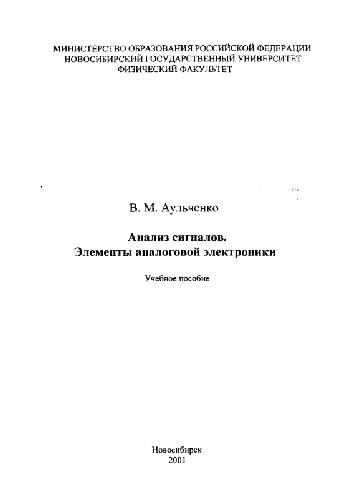
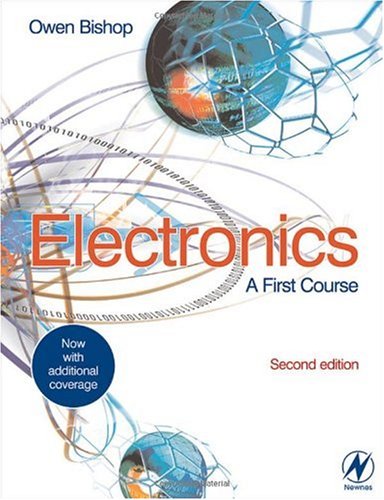
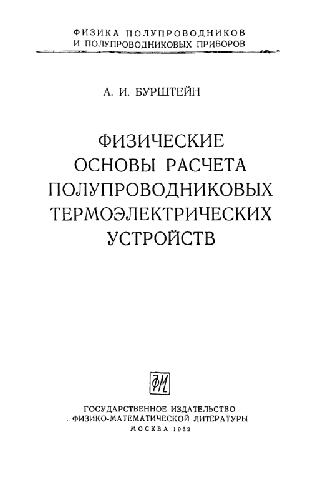
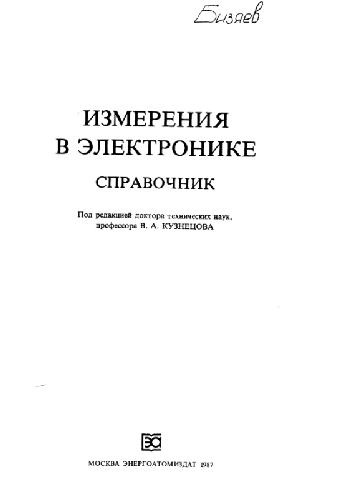
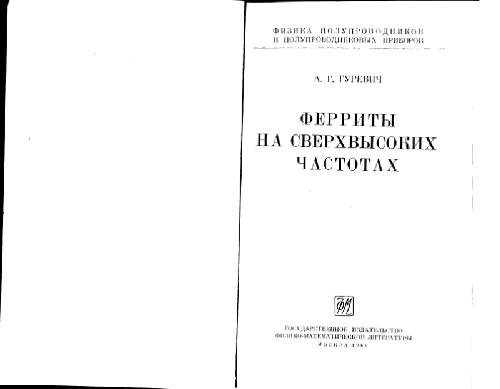
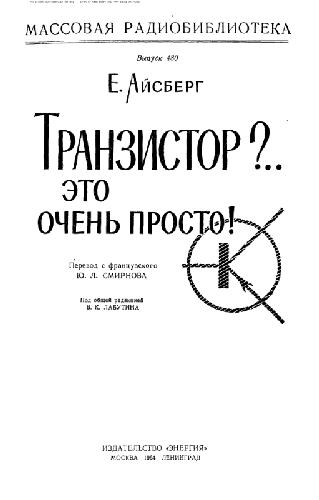
Reviews
There are no reviews yet.